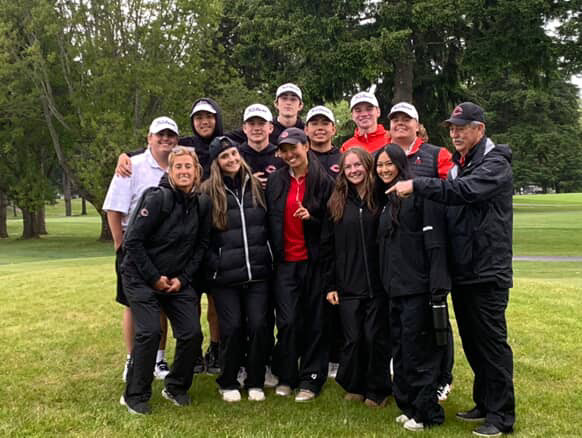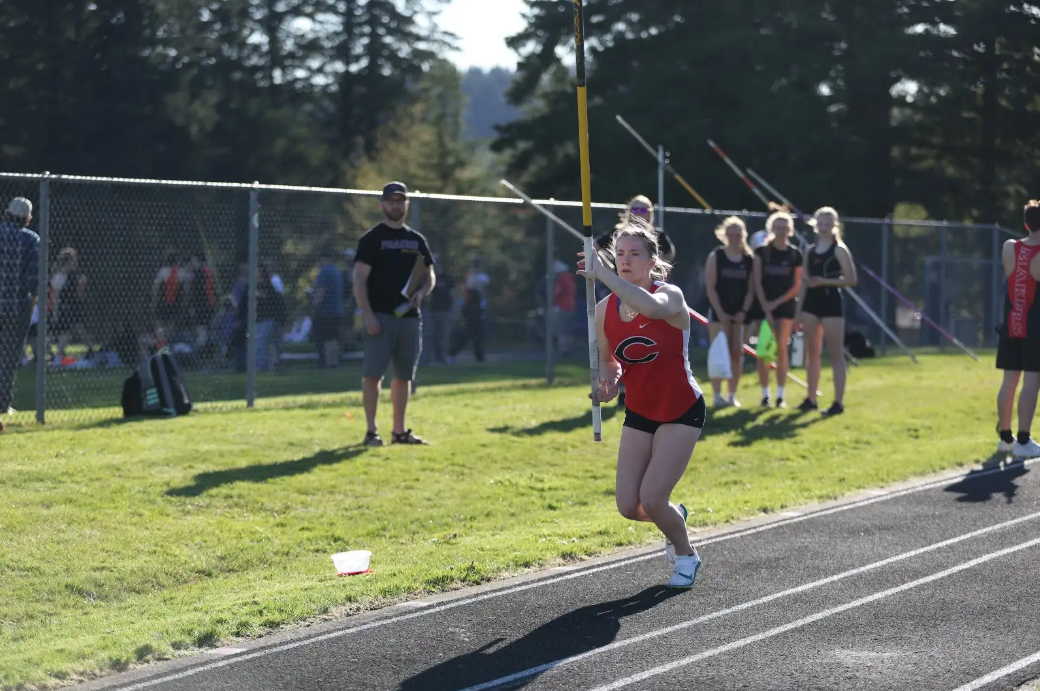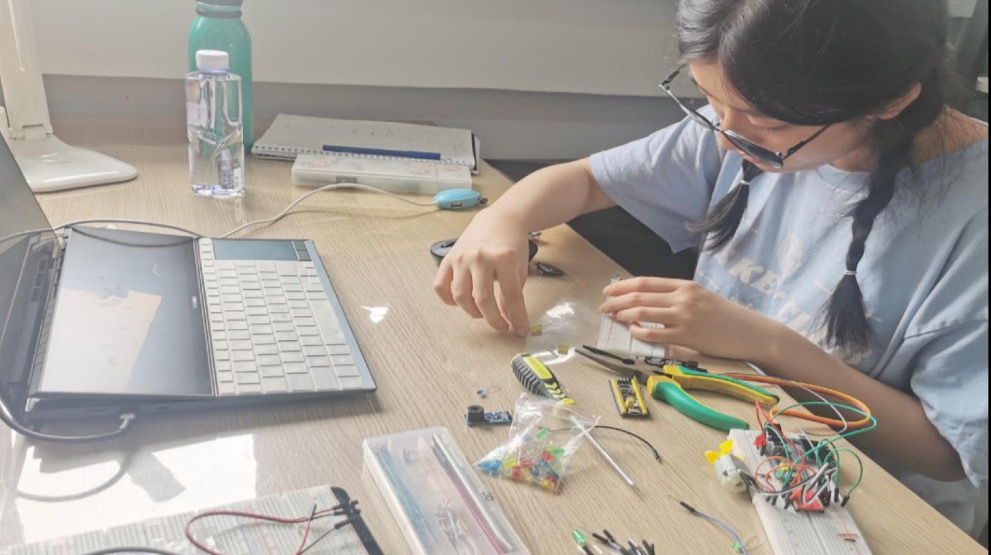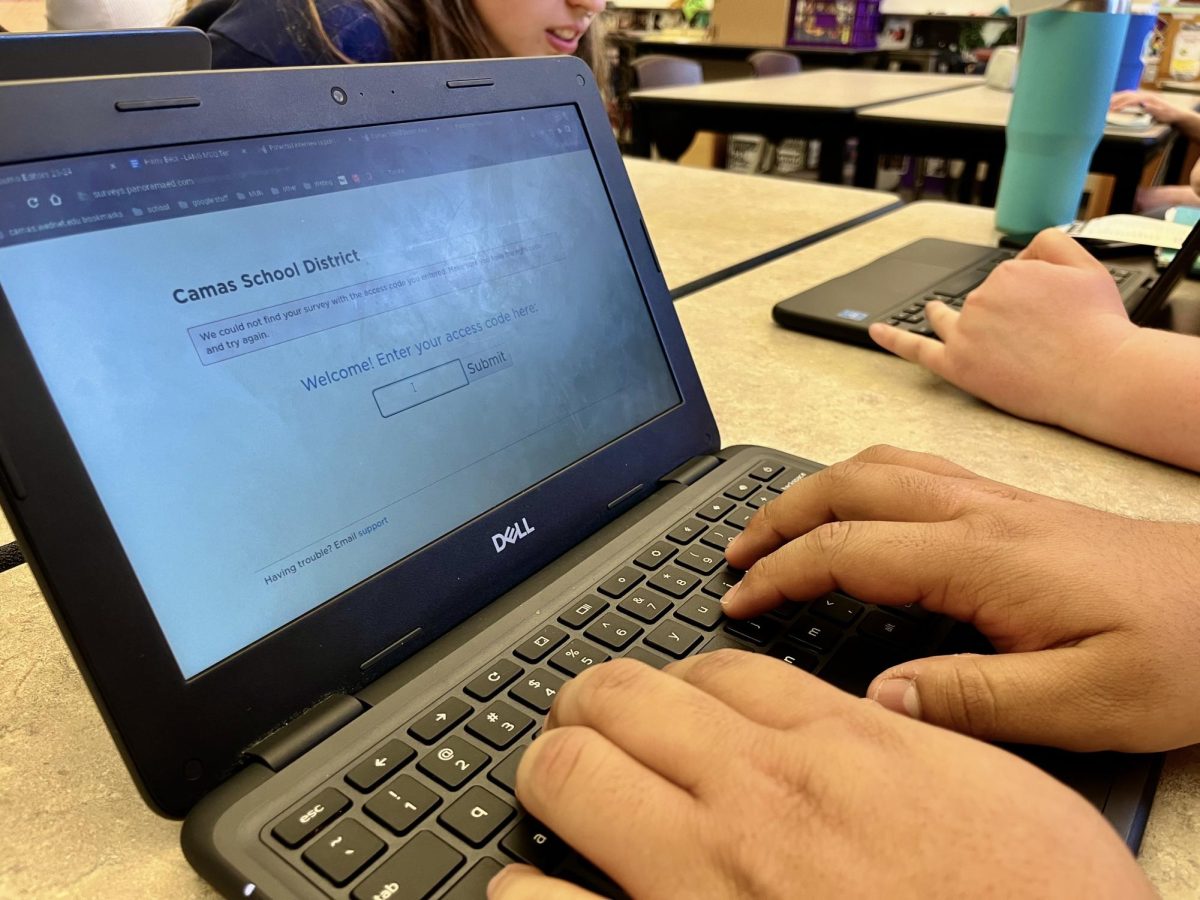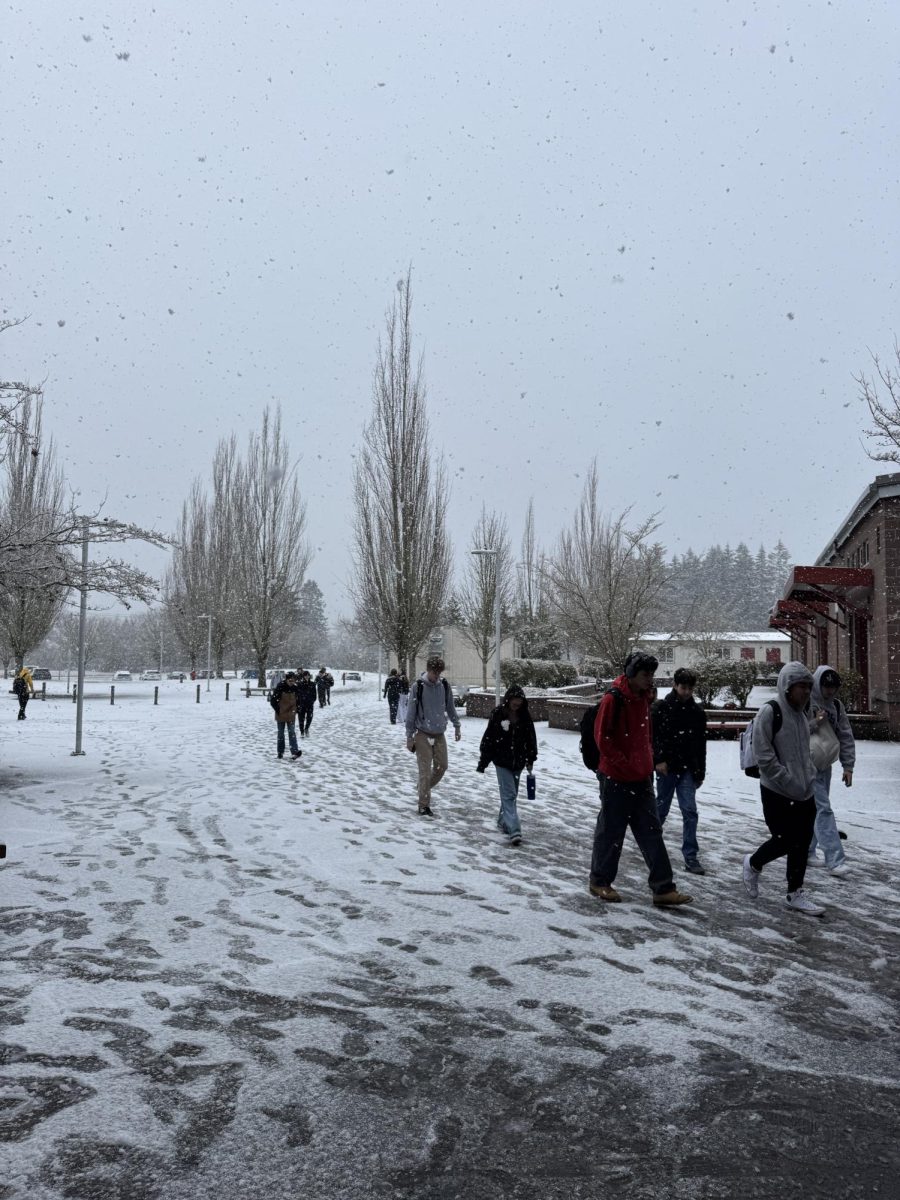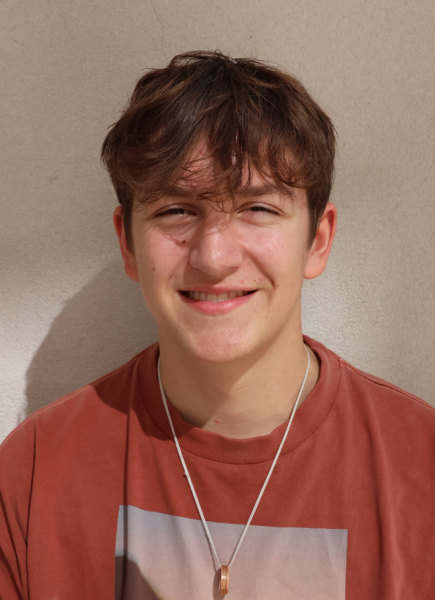After students at Camas High School (CHS) participated in another round of Panorama Surveys this April, many are questioning the purpose and validity of the surveys.
On April 10, CHS administration required that all students take two Panorama Surveys, an informational feedback survey, during their scheduled advisory period the same day.
Many students question the purpose of the Panorama Surveys and what the information that they provide administrators with is used for.
“For the seven years I’ve worked here, there’s been a continual focus on the social and emotional wellbeing of students,” CHS Associate Principal Owen Sanford said. “Until we universally screen students to help us know how they’re doing… we don’t really know [how to help] because it won’t really show up otherwise.”
Since the Covid-19 pandemic, the need for this knowledge has grown dramatically, as students grappled with struggles at home without the presence of a teacher or counselor to provide support. Even when students returned to school, many continued to struggle with mental and social health.

“Since the Pandemic, the need grew,” Sanford said. “[Camas] decided that giving a Panorama Survey to every student in the district was needed to make sure we were addressing those needs and gaps.”
By collecting the data, the Camas School District (CSD) can find weak spots in its district-wide policies and focus on the shortcomings of individual schools.
In addition, Panorama, the company that manages the surveys and associated data collection, provides surveys for schools around the country, allowing CSD to compare its policies with national data.
“They also provide a sort of playbook…what that means is they go ‘hey, so based on this gap [in wellbeing] between where you are and maybe where other schools are, here are some things you might wanna do’,” Sanford said.
The surveys have allowed CSD to make specific changes to its policies and focus on key issues with student health.
“There were 91 students from the fall [survey] that said that they didn’t have a trusted adult that they could count on no matter what in or outside the building,” Sanford said. “I made a spreadsheet with a list of all [of those students], including their picture, and attached their teachers to it; the entire staff made notes on each of those students’ interests and strengths so we can work to connect with them and make them feel safe,” Sanford said.
CHS students’ opinions of the surveys, however, vary. Some, such as CHS junior Rowan Vance, are adamantly in favor.
“A lot of the questions are very in-depth, personal and prodding,” Vance said. “I really liked that the school was trying to make a difference and align themselves with the opinions of their students, it’s really great,” Vance said.
Others, however, do not hold a positive opinion.
“The staff say [the surveys] are anonymous,” CHS senior Angelo Luchini said. “Today we got a list of students who haven’t completed the survey yet, which kind of means they know who’s taking it and what’s on there.”
While one of the purposes of the survey is to draw attention to individual concerns, misunderstandings and disinformation from staff can lead to confusion and prevent students from actually being honest on the surveys.
“One of my friends said he was having depression or something on the survey because he was told it was anonymous and then he got pulled into the counselor’s office because of it,” Luchini said.
“Honestly, I don’t even take them,” Luchini said.
Luchini’s sentiment seems to be shared by many – only 60% of the student body has taken the Panorama Survey, 20% short of the necessary 80% needed for reliable data.
Regardless of what some students think about the surveys, CSD regards them as a useful tool for determining the general needs of the student body, and as such it is unlikely that the Panorama Surveys are going anywhere.


